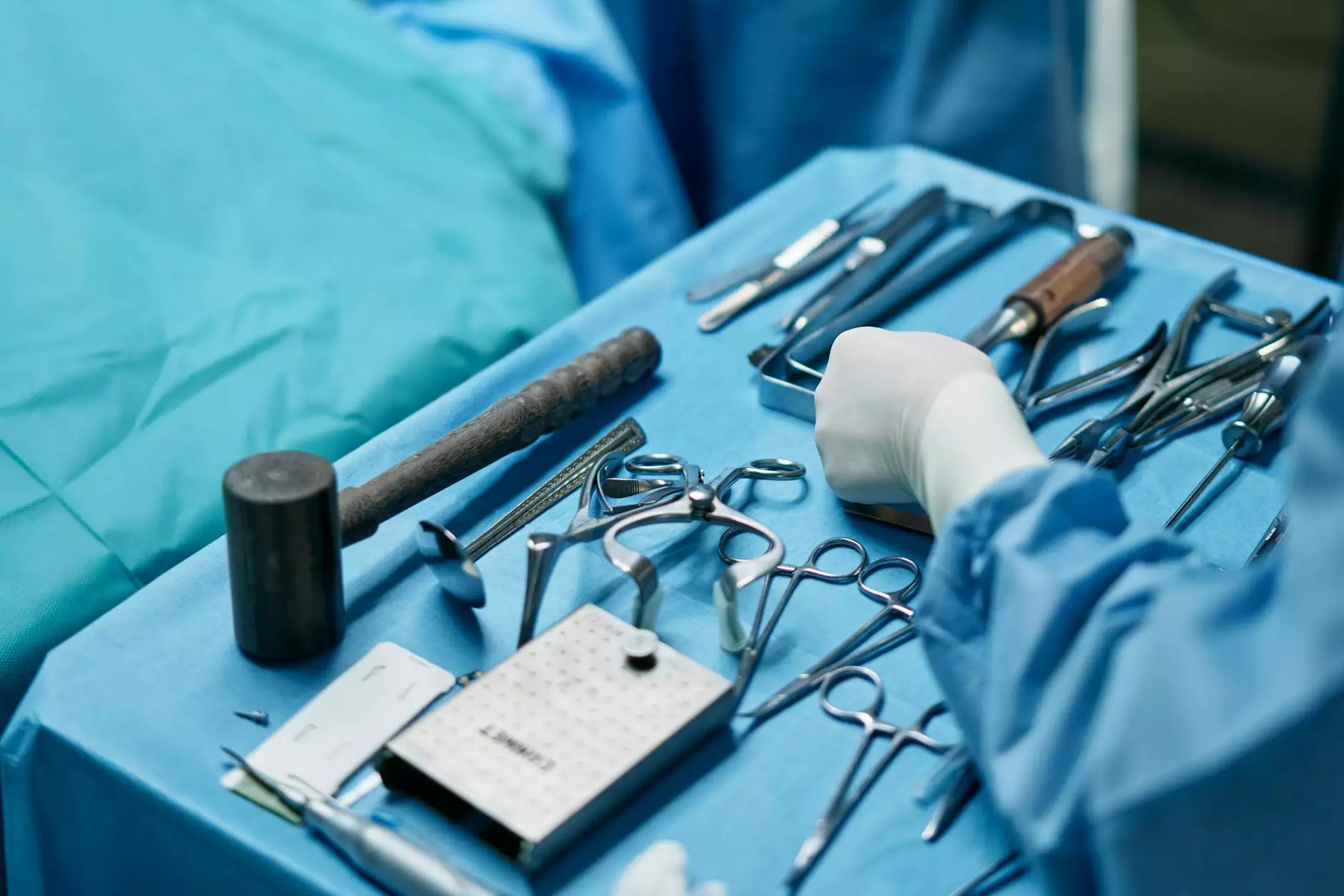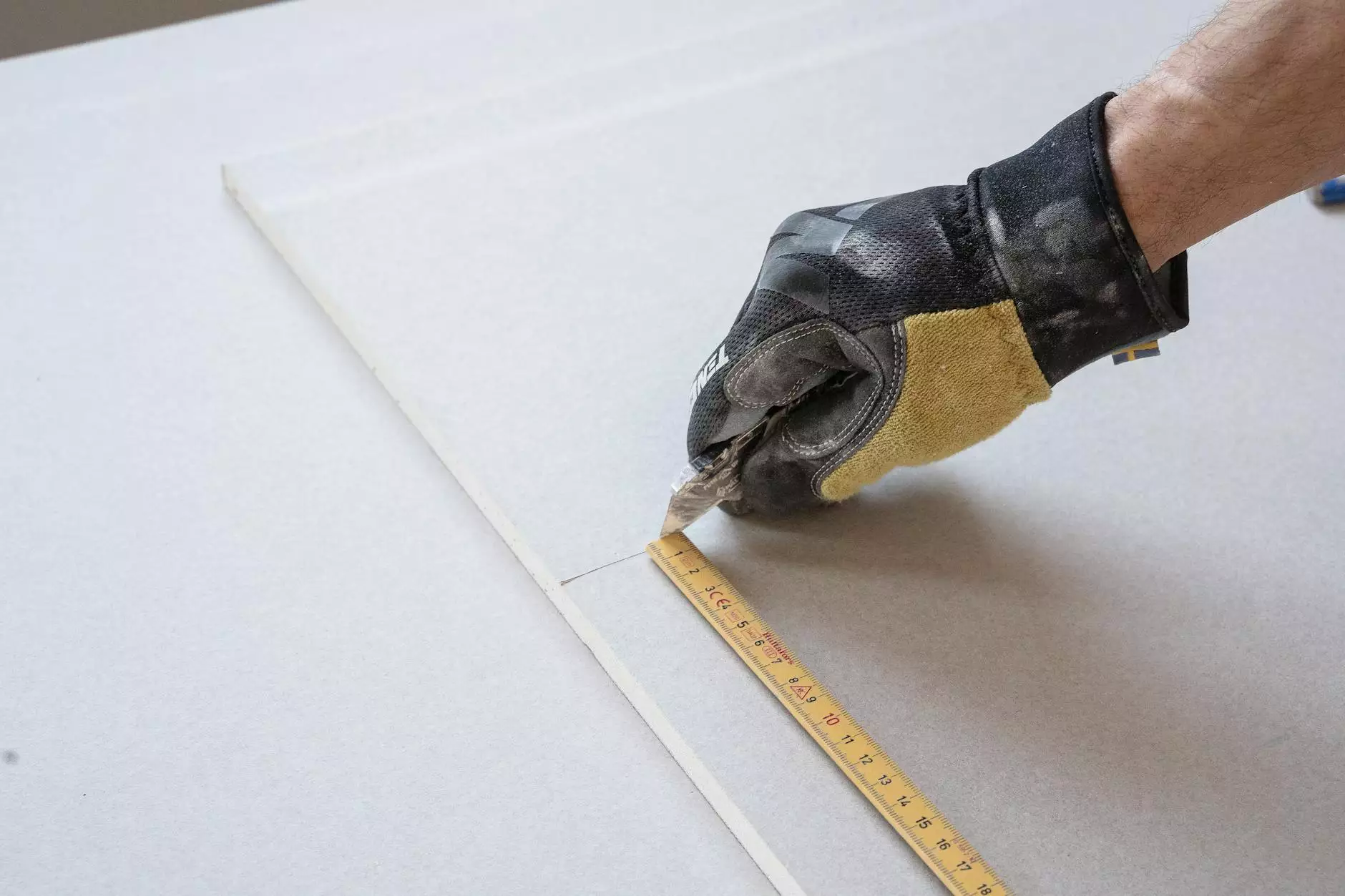Laparoscopic Salpingo Oophorectomy Surgery: Understanding the Procedure and Its Benefits

Laparoscopic salpingo oophorectomy surgery is a minimally invasive surgical procedure that plays a critical role in women’s reproductive health. This article delves into the various aspects of the surgery, including what it is, why it is performed, the procedure itself, recovery, and more. Our aim is to provide comprehensive information that can empower women and help them make informed decisions regarding their health.
What is Laparoscopic Salpingo Oophorectomy Surgery?
Laparoscopic salpingo oophorectomy surgery involves the surgical removal of one or both of the ovaries and fallopian tubes. The term ‘laparoscopic’ indicates that the surgery is performed using a laparoscope, a thin tube equipped with a camera and instruments, which allows surgeons to view the reproductive organs on a monitor and operate with minimal incisions.
Indications for Laparoscopic Salpingo Oophorectomy
There are several clinical indications for performing a laparoscopic salpingo oophorectomy. Each patient's situation is unique, and the decision to proceed with surgery is typically made after exhaustive consultations and evaluations. Common reasons include:
- Ovarian cysts: In cases where cysts are persistent or causing significant discomfort.
- Endometriosis: This condition can lead to the buildup of tissue outside the uterus, causing pain and other complications.
- Ovarian cancer: When cancerous growths are detected, removal is often essential for treatment.
- Adnexal masses: Abnormal growths near the uterus that might lead to complications.
- Infection: Serious infections affecting the ovaries or fallopian tubes may necessitate their removal.
Benefits of Laparoscopic Surgery
Choosing laparoscopic surgery over traditional open surgery comes with numerous advantages:
- Minimally invasive: Smaller incisions lead to reduced scarring and lower risk of infection.
- Faster recovery: Patients generally experience quicker recoveries and can return to normal activities sooner.
- Less pain: Due to smaller incisions, patients often report lower pain levels post-surgery.
- Shorter hospital stay: Many laparoscopic procedures are performed on an outpatient basis or require a minimal hospital stay.
The Laparoscopic Salpingo Oophorectomy Procedure
The procedure for laparoscopic salpingo oophorectomy generally follows these steps:
- Preparation: Prior to surgery, patients undergo a series of evaluations, including physical exams, imaging studies, and lab tests.
- Anesthesia: The patient is given general anesthesia so that she is asleep and pain-free throughout the procedure.
- Incision and Port Placement: Small incisions are made in the abdominal area, and laparoscopic ports are inserted to allow access for instruments.
- Visual Inspection: The laparoscope is introduced to provide a visual of the internal structures, allowing the surgeon to assess the condition directly.
- Tissue Removal: The affected ovaries and fallopian tubes are carefully removed using laparoscopic instruments.
- Closure: The surgical sites are cleaned, and the small incisions are closed using sutures or adhesive strips.
Post-Operative Care and Recovery
Recovery after laparoscopic salpingo oophorectomy surgery involves several critical steps to ensure safety and promote healing:
Immediate Recovery
Most patients are taken to a recovery room after surgery, where they are monitored as anesthesia wears off. Recovery in the hospital, if required, is typically short.
At Home Care
After returning home, patients should adhere to the following guidelines:
- Rest: Adequate rest is essential in the first few days post-surgery.
- Pain Management: Over-the-counter or prescribed medications should be taken as directed to manage pain.
- Gradual Activity Increase: Patients should gradually resume normal activities while avoiding strenuous exercise and heavy lifting for at least a few weeks.
- Follow-Up Appointments: Attend scheduled follow-up visits with the healthcare provider to monitor recovery progress.
Potential Risks and Complications
While laparoscopic surgery has many advantages, there are potential risks involved:
- Infection: As with any surgical procedure, there is a risk of infection at the incision sites.
- Bleeding: Some patients may experience excessive bleeding during or after the surgery.
- Injury to surrounding organs: Though rare, there is a possibility of damaging nearby organs during the procedure.
- Anesthesia complications: Reactions to anesthesia can occur, necessitating careful monitoring by the medical team.
Importance of Seeking Professional Care
Choosing to undergo laparoscopic salpingo oophorectomy surgery is a significant decision that should not be made lightly. Consulting with a qualified and experienced healthcare provider is crucial. Reputable professionals, such as those at DrSeckin.com, can provide expert guidance, ensuring a thorough understanding of the procedure, risks, and expected outcomes.
Conclusion
In conclusion, laparoscopic salpingo oophorectomy surgery plays a vital role in addressing various female health issues. Its minimally invasive nature, combined with a wealth of benefits, makes it an attractive option for women facing reproductive surgery. The decision to proceed should always be made in consultation with healthcare professionals, ensuring informed choices that prioritize health and wellbeing.
If you or someone you know is considering this procedure, don't hesitate to reach out to experienced specialists who can provide personalized care. Understanding your options is the first step toward empowering your health journey.









